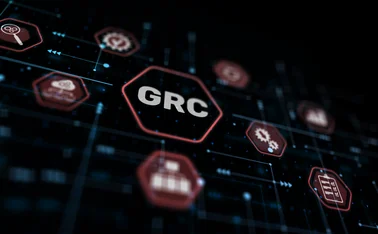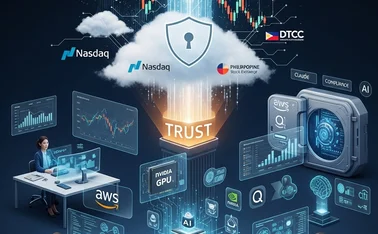GenAI or replatforming? Bank CTOs disagree on budgetary spend
Voice of the CTO: In part one of a five-part series (published initially by WatersTechnology), several bank technologists discuss where they are looking to spend their budgets this year, and what hurdles stand in the way of experimenting with generative AI.

Our new, annual examination of the
Sorry, our subscription options are not loading right now
Please try again later. Get in touch with our customer services team if this issue persists.
New to Chartis Research? View our subscription options
If you already have an account, please sign in here.
More on Artificial intelligence (AI)
The Challenges of Onboarding for Alternative Assets
A collaborative paper by Chartis Research and FIS.
GRC World Forum 2025: Highlights
The GRC World Forum's #Risk conference in early July provided an opportunity to validate and socialize what Chartis is writing about the future of GRC and related innovations. This article summarizes some of the market drivers that resonated with…
Risk.Live Europe 2025: 3LoD Culture Clash
In yet another outstanding event in London, Risk.Live gathered hundreds of risk practitioners from buy-side and banking firms, regulatory bodies and innovators, all united by a shared goal: to transform the way we think about risk.
QuantitativeAnalytics50 2025 published
Chartis Research is happy to announce the inaugural QuantitativeAnalytics50 2025 ranking and report. This new report, a reimagining of and natural extension to our STORM research, examines how the computational cores of risk management, portfolio…
Complacent RiskTech vendors are sleepwalking into a new, deregulated reality
Tectonic regulatory and legislative upheaval promises to transform financial institutions’ RiskTech spending. As compliance-based revenue streams slow due to deregulation, solution vendors will need to adopt more business risk-focused strategies for their product lines. Chartis Chief Researcher Sid Dash considers the likely impact of growing deregulation, and how vendors can prepare.
No surprises: 2025 will be another big year for AI
Last year was revolutionary for AI, with potentially far-reaching impacts, and 2025 looks set to offer more of the same, with perhaps some sobering lessons. Taking a pragmatic view, Maryam Akram, Research Principal at Chartis, offers some predictions for…
Reimagining Model Risk Management: New Tools and Approaches for a New Era
A collaborative report by Chartis and Evalueserve.
You need to sign in to use this feature. If you don’t have a Chartis account, please register for an account.
Sign in






